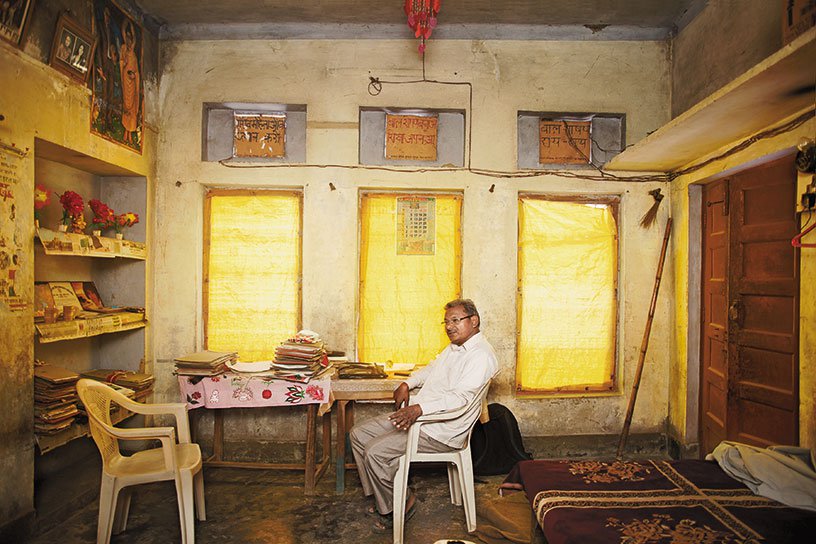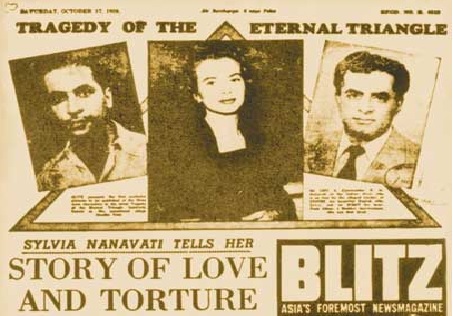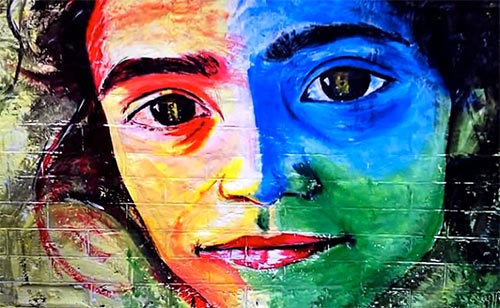What Are Exoplanets And How NASA Detects Life Beyond Our Solar System
Bharti Airtel Set To Acquire Telenor India Within This Year
Google Celebrates NASA’s Discovery Of Seven Earth-Like Planets With An Animated Doodle
Some Home Remedies That Might Sound Bizarre But Actually Work Like A Charm
Akshay Kumar Feels He Has Made Enough Money, Now Wants To Focus On Content & Characters
Delhi ATM Dispenses Fake Rs 2000 Notes From ‘Childrens Bank of India’ With ‘Churan Lable’
Adolf Hitler’s Personal Telephone During World War II Is Up For Auction In The US
From Salman Khan To Rekha, Neil Nitin Mukesh’s Wedding Reception Was Quite A Starry Affair
10 Most interesting Indian Judge Cases All people Would need to Find out about.
Sometimes, I wonder why some Indian films have such boring stories. We are a land rich in source material, especially if you were to get into the real stories this country has to offer. Yes, it's a cliché but India is a great example of how often fact is stranger than fiction. The Indian Judicial System is a treasure trove of such stories. Here are some of the most important and influential cases in Indian history. Read on.
7. Lal Bihari Identity Case (1975-1994)
Lal Bihari, was born in 1955; was dead through 1975 to 1994, and since then he has been an activist. Yes, you read that right. His uncle had bribed government officials to declare him dead so as to inherit their ancenstral land, and so, as per official records, Mr Lal Bihari was registered as 'deceased'. Once he realized what had happened, he started his struggle against the Indian bureaucracy to prove that he was alive. In the meantime, he performed his mock funeral, asked for widow's compensation for his wife, stood in the election against Rajiv Gandhi in 1989 and even added a 'Mritak' to his name. As of now, he heads an organization that tries to handle similar identity cases for people who have been officially declared dead but are actually still alive.

8. Bhawal Case (1921-1946)
It's still regarded as one of India's weirdest identity cases. It mainly revolved around a possible impostor who claimed to be the prince of Bhawal Estate, one which comprised over 2000 villages and was one of undivided Bengal's largest zamindari estates. Ramendra, the second kumar of the Bhawal estate died in the early 20th century, but there were rumours about him not really being dead. Ten years later, in 1921, a sanyaasi who looked a lot like Ramendra was found wandering the streets of Dhaka. For some reason, the former tenants and farmers of Ramendra vouched for this man and also supported his claim to the title. Almost everyone except Ramendra's widow, Bibhabati, believed him. There was a long legal process involving two trials where both sides attempted to prove their claims. In the meantime, the new Ramendra also moved to Calcutta and where he was welcomed in the elite circles. He used to regularly collect 1/3rd of the estate revenue, which was his share. He used that money to support his lifestyle while also paying the legal fees of the case. In the end, in 1946, the court finally ruled in his favour, but soon after that he passed away due to a stroke he had suffered a couple of days earlier.





